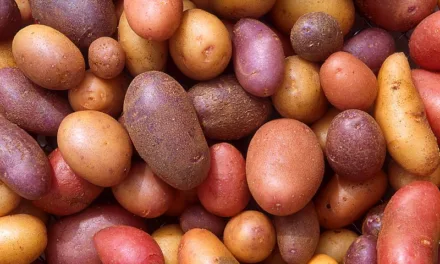Olives are the fruit of the olive tree, scientifically known as Olea europaea. They have been cultivated for thousands of years and are native to the Mediterranean region, including countries such as Spain, Italy, Greece, and Turkey. However, olive trees are now grown in many other parts of the world with suitable climates, including California, Australia, and South Africa.
There are numerous varieties of olives, each with its own distinct characteristics. The exact number of olive varieties is difficult to determine, as different sources may categorize them differently. However, there are several well-known olive varieties, including:
- Kalamata: Originally from Greece, these dark purple olives are known for their rich, fruity flavor and are often used in Greek cuisine.
- Manzanilla: This Spanish variety is one of the most popular table olives. It has a mild, slightly salty taste and a firm texture.
- Hojiblanca: Another Spanish olive variety, Hojiblanca olives are medium-sized and have a buttery flavor. They are often used for both table olives and olive oil production.
- Picual: Widely cultivated in Spain, Picual olives are primarily used for olive oil production. They have a peppery and robust flavor.
- Ligurian: Hailing from the Liguria region of Italy, these small, green olives are known for their delicate and fruity flavor. They are often used in salads and appetizers.
- Niçoise: Originating from the French city of Nice, Niçoise olives are small, dark brown, and have a rich, nutty flavor. They are a popular choice for tapenades and salads.
These are just a few examples, and there are many more olive varieties with their own unique characteristics, flavors, and uses.






Recent Comments